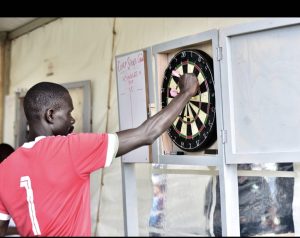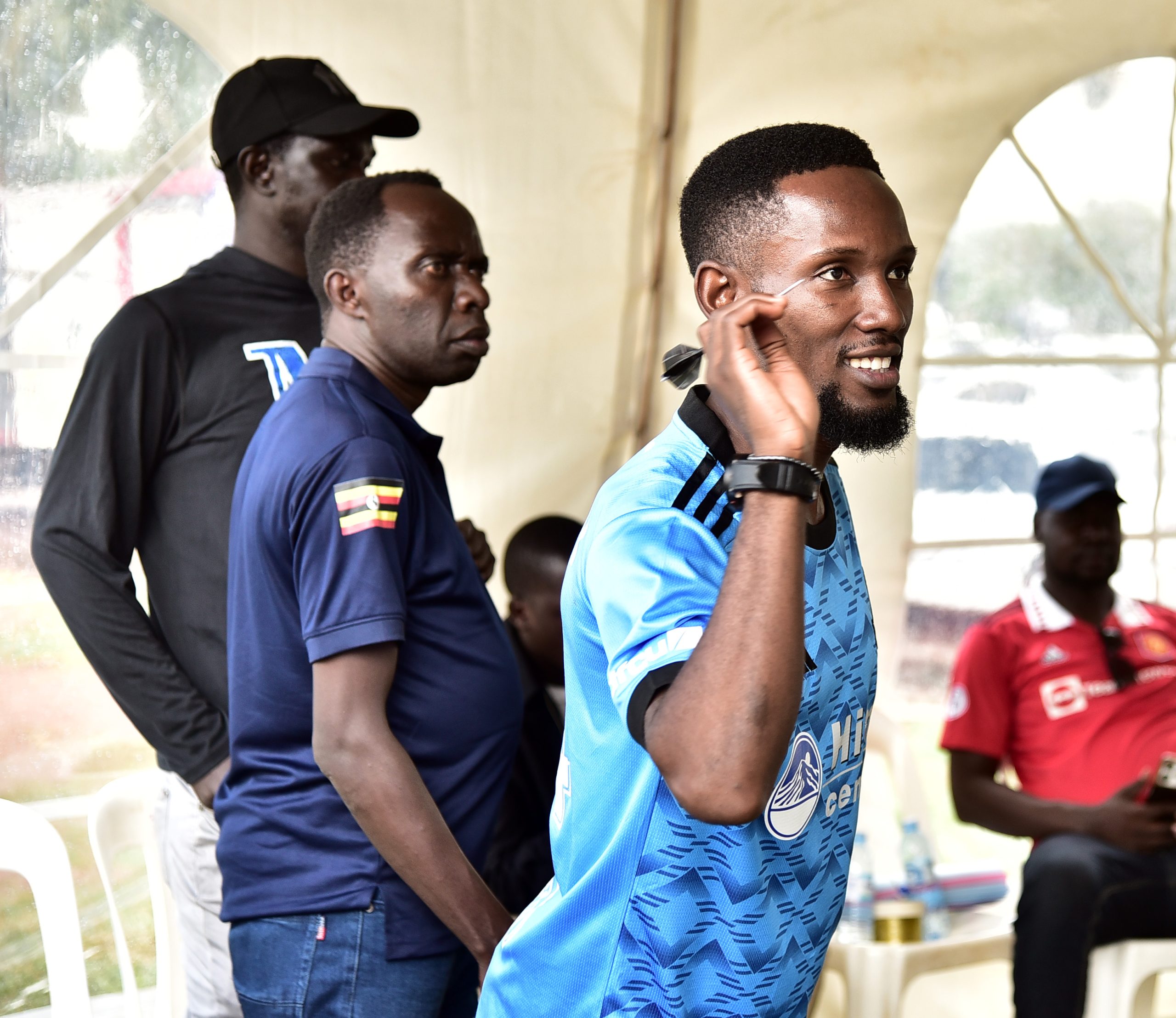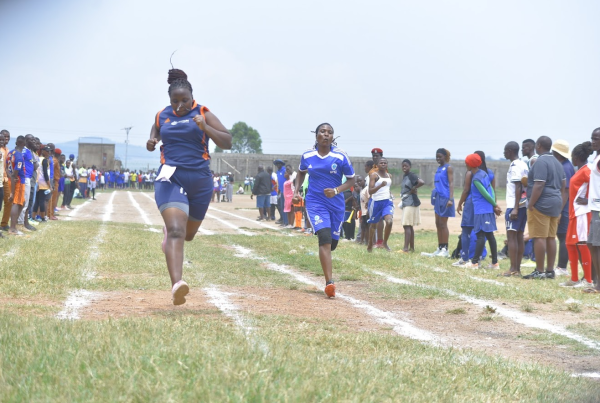During the March outing, Corporate Sports Network management offered a chance for the teams to embrace the game of darts before the competition proper.
It was indeed a busy outing, and according to the trainer and seasoned national team darts player, Mr. Patrick Kateregga, there is a huge pool of talent that, if tapped, can even play for the national team.
“Those who came for training loved the game. They are not only passionate, but some exhibited immense talent and understanding of the game and will go far,” he told this website.
He, however, said that of the 30 teams registered for training, eight never showed up. This, however, will not stop the organisers from going on with the draws ahead of the next outing.
“We shall go ahead with the draws, which will be announced way before the outing. It is up to the teams that never trained to do something. I don’t want a situation where we shall be giving walkovers in this beautiful game,” he said.
He revealed that darts are a fun and engaging way to connect with others, develop hand-eye coordination, and enjoy some friendly competition.

The most important darts rules in brief
For the game, you need a dartboard, darts, and the appropriate darts rules (game mode), which decide the victory and defeat of individual games and the entire game. These are the most important rules of darts:
Each player has three arrows and therefore also three throws.
Players must be 2.37 metres from the dart board when throwing and must not cross the fixed marker
Each player starts with 501 or 301 points
The players try to bring the score to 0 as quickly as possible
To score, it is sufficient for the dart tip to touch the scoring area
The first player to bring the points to 0 wins a game called “Leg” in darts
The basic equipment for darts
In darts, all that is needed is a dart board and three darts. In principle, this is already enough to be able to play a game. Ideally, you should have a pen and paper ready at your darts evening to subtract the points thrown by each player. There are a few things to consider with the dart board and the darts, which we will now discuss in detail.
Rules at the target
Numbers from one to 20 are depicted on the dart board. Single-digit numbers are usually placed next to two-digit numbers. This adds tension to the game because players quickly lose total points scored when they try to hit high numbers if they miss the desired square by a few centimetres. In the middle of the dartboard, two more squares are added: the green Single Bull (counts 25 points) and the red Bulls Eye (counts 50 points). In addition, there are so-called double fields, also called “doubles”, on the outer edge of the board. If the player hits this field, the number of points thrown for the field is doubled. The inner ring is the so-called “triple”, which triples the value of the field when hit. The highest square on the dartboard is the Triple-20, which earns the player 60 points if hit.
Rules of darts: scoring and points
Any dart that falls or bounces off the board shall be disqualified. Only darts that are in the board or touch the board with the tip after the last throw count. The score is recognised as soon as the player pulls the three darts out of the board.
The aim is to reduce the given score of mostly 501, to zero as quickly as possible.
If you hit a triple, you triple the number of points thrown with the corresponding dart. If you hit the triple 20 with a dart, you score 60 points, if you hit the triple 19; you score 57 points, and so on.
To win the leg, you must throw on a double (outer ring) or the bull’s eye.
For example, if you have 40 points left, you can win the leg by hitting the double 20. If you score more than necessary, you have over thrown yourself. The shot will be considered a “no score” and you will not receive a score




